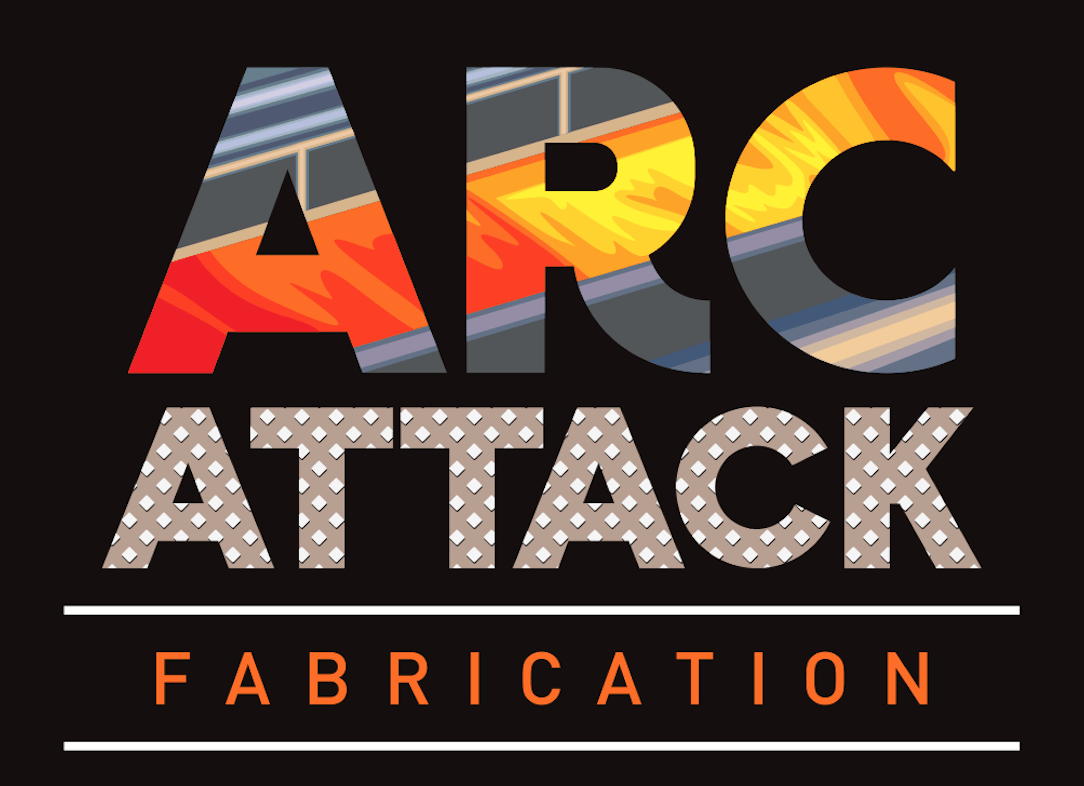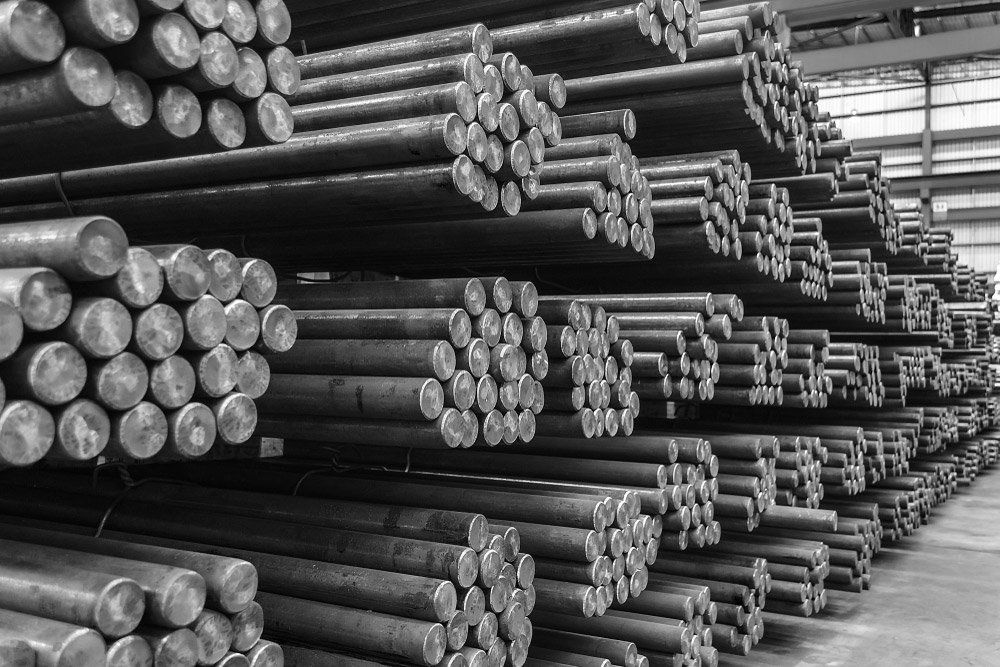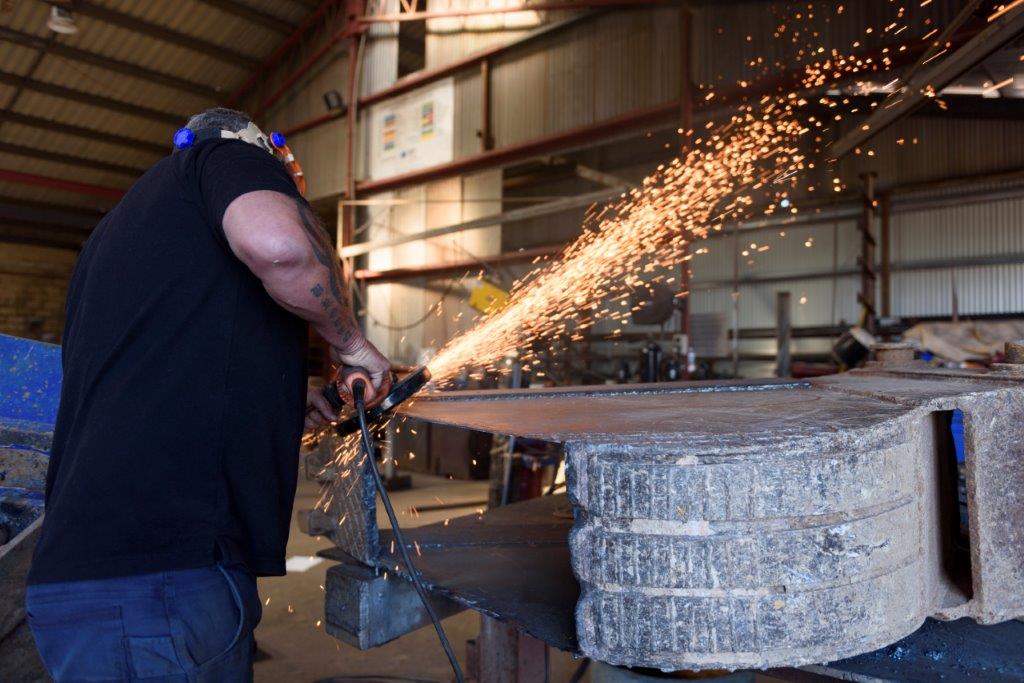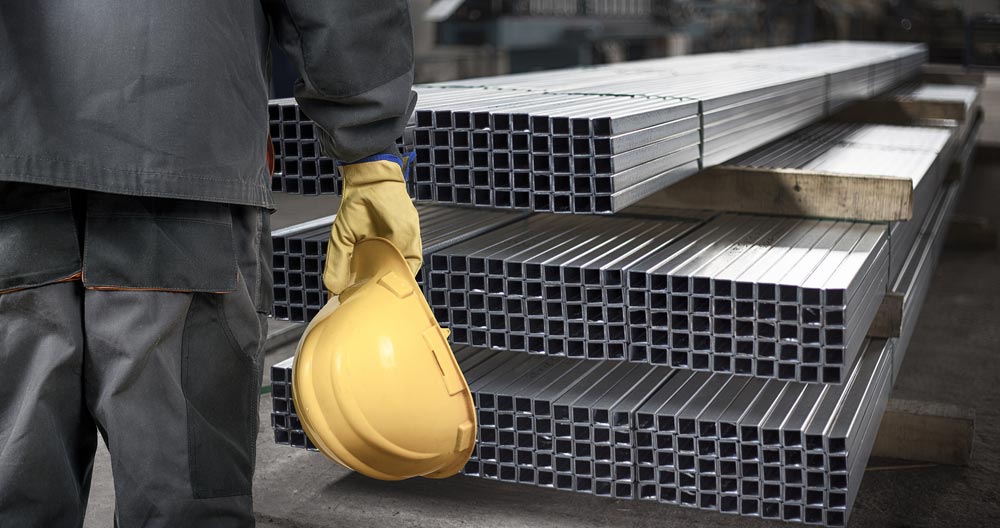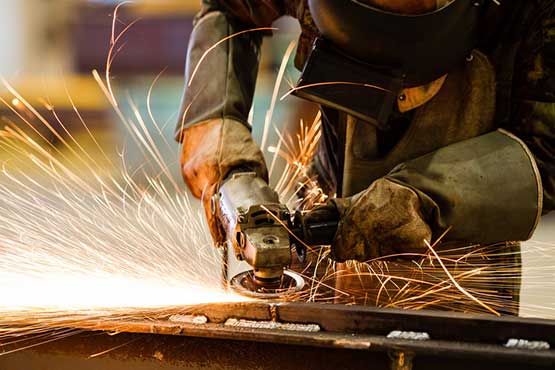What Is The Difference Between Iron And Steel?
Iron and steel are two of the most common materials in the fabrication industry. The fundamental difference between the two is that iron is an element, whereas steel is an alloy (a mixture of iron and carbon).
While both metals feature the same base compound, each has its own unique properties and applications. In this article, we’re going to look at the advantages offered by steel in comparison to iron, and why steel is one of the most commonly used alloys in fabrication.
Durability
When fabricating a structure, durability is a crucial factor. After all, it’s important that construction will stand the test of time. While iron and
steel
are both durable, iron has a tendency to react with moisture and oxygen.
It can therefore be said that steel offers much greater durability than iron. Steel is capable of withstanding immense heat, force and weather conditions, and is not affected by mildew or mould, unlike iron. Furthermore, steel is less likely to warp, crack, twist or split, and can be considered one of the most durable metals in the construction industry.
Corrosion-proof
Chemical oxidation causes metals to corrode. In addition to causing an oxidised layer to form, corrosion also causes the chemical composition of metal to alter.
Iron is particularly susceptible to oxidation. Steel is a non-porous alloy, which means it is naturally resistant to corrosion. Because of this, steel is used widely in outdoor fabrication and construction
projects.
Flexibility
Steel is much more versatile than iron, which means it can be used more creatively. It can be easily bent and shaped to meet the needs of almost any construction project, which is why it is routinely used to create complex designs.
In addition to being malleable enough to shape into interesting designs, steel is notable by its ability to be manipulated without compromising on functionality. While iron can also be used to make impressive ornate structures, it is nowhere near as versatile or durable as steel.
Cost
While steel used to be expensive to produce, its costs have dropped significantly since the rise of the Industrial Revolution. Nowadays, steel is marginally cheaper and more effective than iron. Fabricators tend to work with steel more often than iron on account of its properties, but low cost is often also a factor in the decision to use steel.
Sustainability
Both steel and iron are highly sustainable metals. However, steel has a distinct advantage: not only is it 100% recyclable, but it can also be recycled multiple times without losing any durability, strength or
structural
integrity.
While iron is also fully recyclable, the process of repurposing iron is much more energy-intensive in comparison to steel. Steel is also considered the more sustainable of the two because it is more durable, which means its impact on the environment is reduced over time.
Conclusion
Steel and iron are used in very similar applications, although steel is the more widely used of the two based on its properties. Understanding the fundamental differences between steel and iron is fundamental in helping you choose the right material for your project. If you require some professional insight, our engineers will be happy to discuss your requirements and explain how steel fabrication works in further detail.
